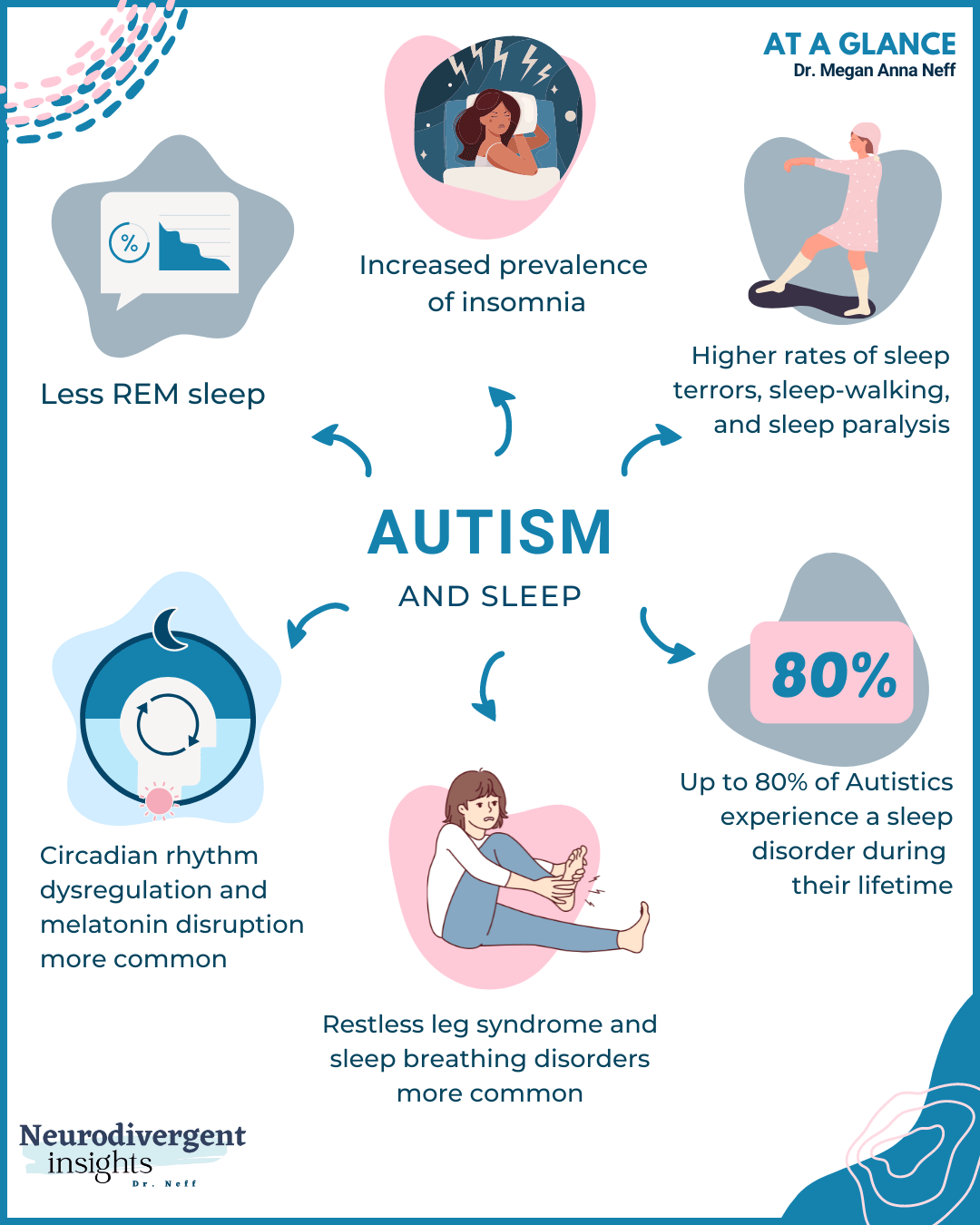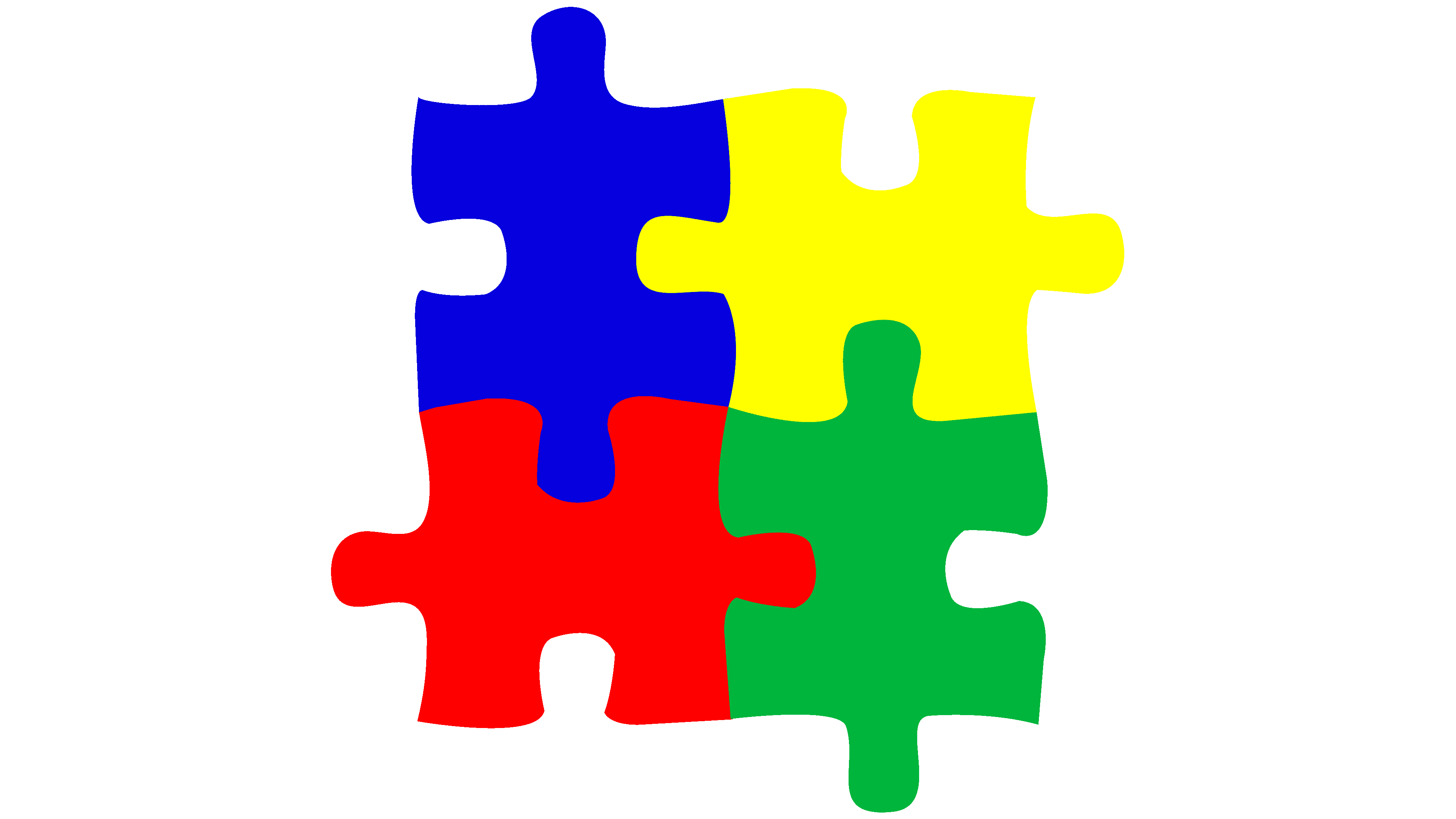Navigating Social Obstacles: Tips for People Coping With Autism
Navigating Social Obstacles: Tips for People Coping With Autism
Blog Article
Exploring Autism: Techniques for Effective Interaction and Communication
Efficient interaction and interaction with individuals on the autism spectrum necessitate a thorough understanding of their distinct needs and preferences. Strategies such as employing clear language, making use of aesthetic supports, and cultivating constant regimens can dramatically improve interaction and minimize stress and anxiety. In addition, acknowledging the value of non-verbal hints and shared passions leads the way for significant links. The details of these methods disclose further factors to consider that warrant exploration, particularly in exactly how they can be adjusted to specific experiences and varied contexts. What might these adaptations appear like in practice?
Recognizing Autism Spectrum Disorder
Autism Range Disorder (ASD) incorporates a range of neurodevelopmental conditions defined by obstacles in social communication, communication, and repetitive behaviors. The term "spectrum" reflects the diverse manifestations and differing degrees of intensity experienced by people with ASD. While some might display considerable problems, others may show high-functioning characteristics, enabling for greater self-reliance in day-to-day life.
The start of ASD commonly happens in very early youth, with indications frequently recognizable by age 2. Very early indications may include delayed speech development, restricted eye contact, and troubles in comprehending social cues. The accurate etiology of ASD stays unclear, study recommends a mix of environmental and genetic variables plays an essential role in its development.
As a result, interventions and support tailored to individual requirements are important for promoting communication and social skills. Acknowledging the complexity of ASD is important for promoting understanding, acceptance, and effective techniques that assist in purposeful communications with individuals on the spectrum.

Importance of Clear Communication
Efficient interaction is vital for fostering understanding and link, specifically for individuals with Autism Range Disorder (ASD) Clear interaction not only helps with social interactions but additionally enhances the person's capability to reveal their thoughts, emotions, and needs. For individuals with ASD, the subtleties of language can often be testing; for that reason, utilizing simple and distinct language is crucial.
Moreover, clear interaction helps in reducing disappointment and anxiousness that may arise from misunderstandings. When messages are conveyed in a consistent and direct manner, individuals with ASD are better equipped to analyze info properly, which can substantially improve their social engagement and involvement in different setups.
Establishing routines and utilizing visual assistances can better strengthen clear interaction. These techniques supply people with foreseeable structures that aid understanding and retention of details. Furthermore, proactively being and listening person during communications promotes a supportive environment where people with ASD really feel valued and understood.
Ultimately, prioritizing clear interaction not just encourages people with ASD yet also cultivates even more significant links with their peers, caregivers, and the wider community, leading the way for inclusive interactions and joint relationships. - autism
Non-Verbal Interaction Techniques
Communication prolongs beyond words, and for people with Autism Range Disorder (ASD), non-verbal cues play a considerable duty in interactions. Non-verbal interaction strategies can include face expressions, gestures, body movement, and eye call, all of which function as crucial components for conveying feelings and objectives.
Recognizing and analyzing these non-verbal signals can enhance communications with individuals with ASD. A cozy smile or open position can produce a welcoming ambience, urging engagement. Similarly, making use of visual aids-- such as pop over here image cards or symbols-- can connect interaction voids and aid convey messages extra successfully.
It is also vital to be conscious of personal room, as people with ASD might have various comfort levels pertaining to proximity. Observing their reactions to physical closeness can notify appropriate modifications.

Developing Helpful Environments
Producing a helpful environment is essential for fostering favorable interactions and improving the health of people with Autism Spectrum Disorder (ASD) Such settings can dramatically decrease anxiety and produce a feeling of safety, permitting individuals to express themselves much more freely.
To achieve this, it is vital to consider sensory level of sensitivities that individuals with ASD may experience. Changing the physical area to consist of soft illumination, marginal background noise, and comfy seats can create a soothing ambience. In addition, making use of regular routines and clear visual schedules can help individuals prepare for shifts and decrease uncertainty, additional advertising comfort.
Social areas ought to be structured to decrease frustrating stimulations while offering chances for engagement in preferred activities. Assisting in areas designated for quiet time can also function as a haven during minutes of anxiety. Notably, incorporating aspects of selection empowers individuals, allowing them to work out company in their environment.

Motivating Social Communications
Cultivating social communications amongst individuals with Autism Spectrum Disorder (ASD) calls for intentional methods that focus on comfort and interaction. Developing foreseeable routines can help in reducing anxiety, making social setups extra friendly. Producing structured atmospheres with specified obligations and duties allows individuals to engage without the frustrating pressure of unstructured social dynamics.
Incorporating passions and strengths into social tasks can act as a driver for interaction. Arranging team activities around shared leisure activities or topics of fascination can assist in all-natural conversations and links. Additionally, using visual supports, such as pictorial timetables or social manuscripts, can assist in comprehending social hints and assumptions.
Designing proper social behaviors is important - autism. Adults and peers ought to show efficient interaction methods, including energetic listening and turn-taking. Role-playing situations can likewise offer a secure room for people to exercise these abilities
Last but not least, promoting peer connections through comprehensive techniques is necessary. Encouraging inclusive playdates or group Source outings can produce opportunities for socialization in a comfortable setup. By applying these caregivers, techniques Source and teachers can substantially improve social interactions for individuals with ASD, advertising their general social development and health.
Verdict
Finally, effective communication and interaction techniques are crucial for sustaining people with Autism Spectrum Disorder. Emphasizing clear language, incorporating non-verbal cues, and developing predictable regimens significantly improve interaction and reduce stress and anxiety. Developing supportive settings promotes safe social communications, while encouraging shared rate of interests facilitates purposeful links. Eventually, these approaches equip people with autism to browse social landscapes, promoting their general well-being and allowing the advancement of long lasting partnerships.
Effective communication and communication with individuals on the autism spectrum demand a comprehensive understanding of their unique needs and choices. Clear interaction not only helps with social interactions however likewise boosts the person's ability to share their demands, feelings, and thoughts.Promoting social communications among individuals with Autism Spectrum Disorder (ASD) needs willful approaches that focus on comfort and involvement. By applying these strategies, caregivers and instructors can substantially improve social interactions for individuals with ASD, promoting their general social development and health.
In final thought, effective interaction and communication methods are crucial for sustaining people with Autism Spectrum Problem.
Report this page